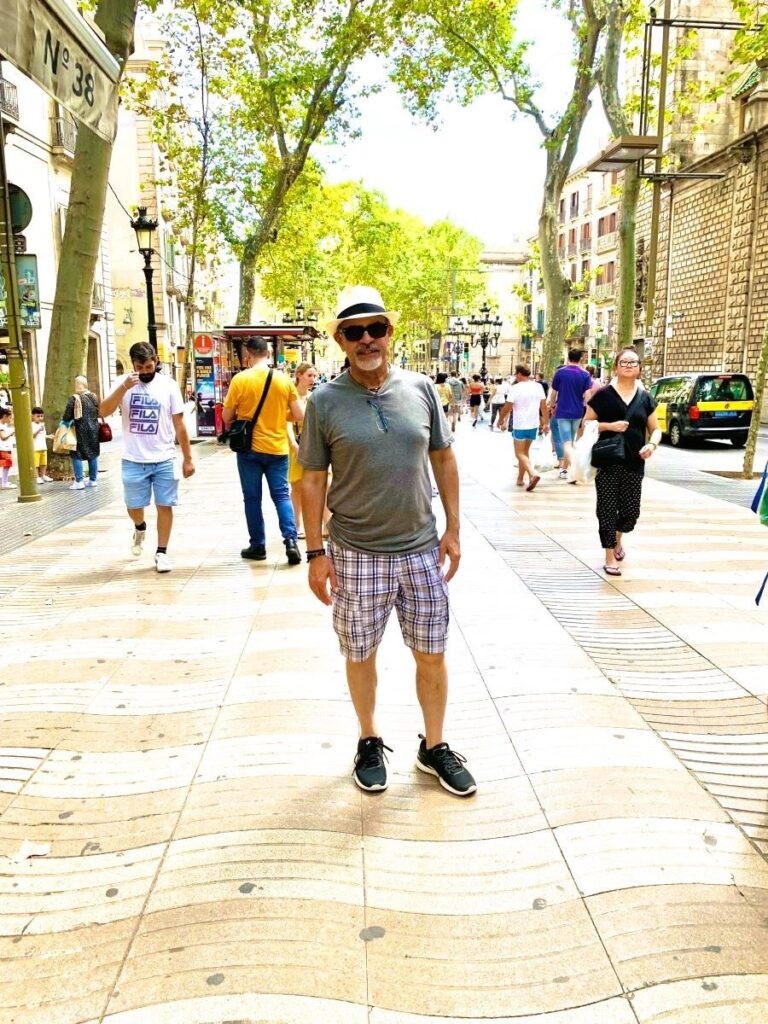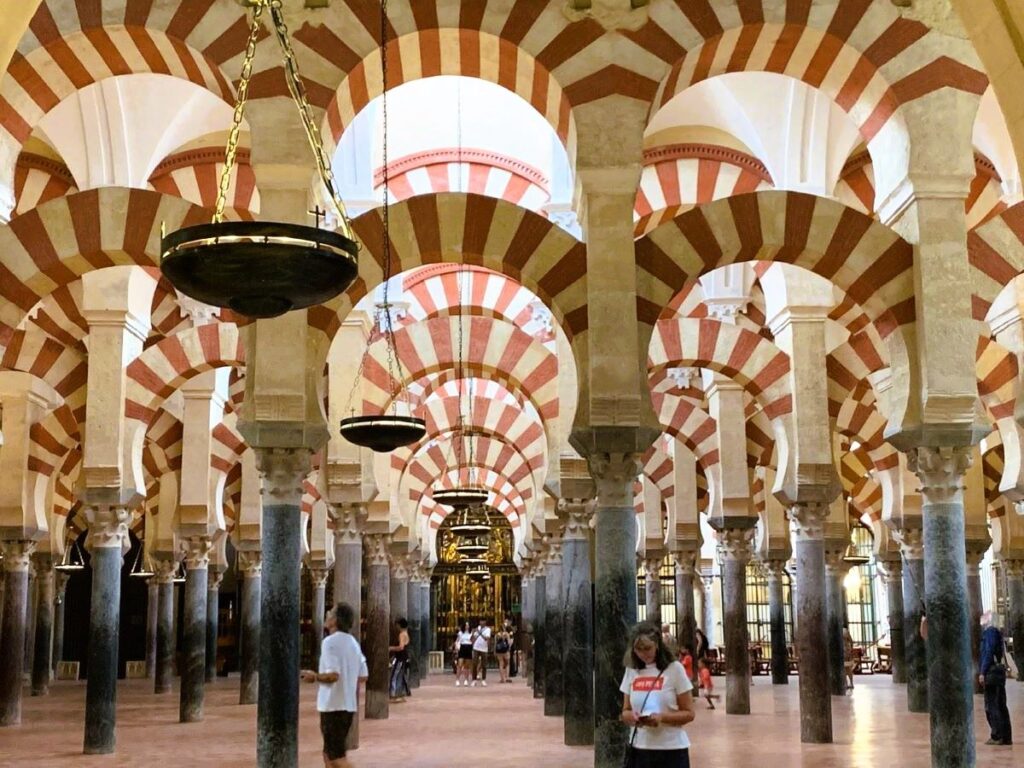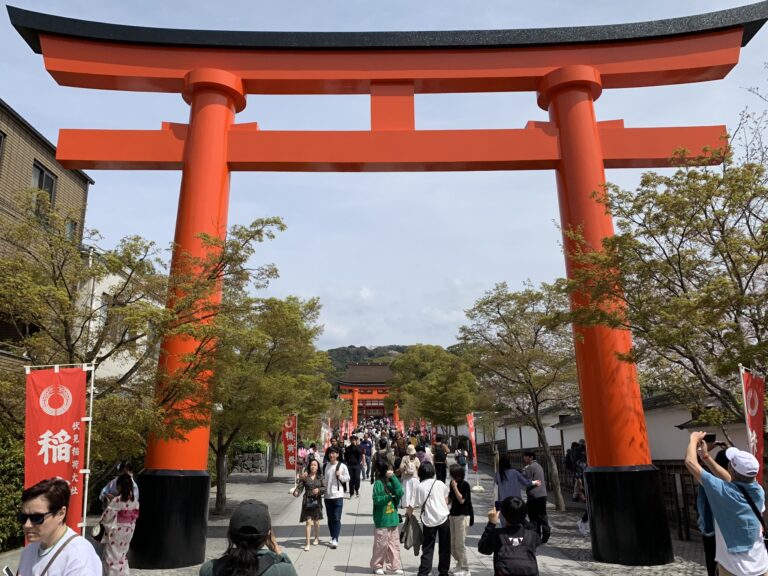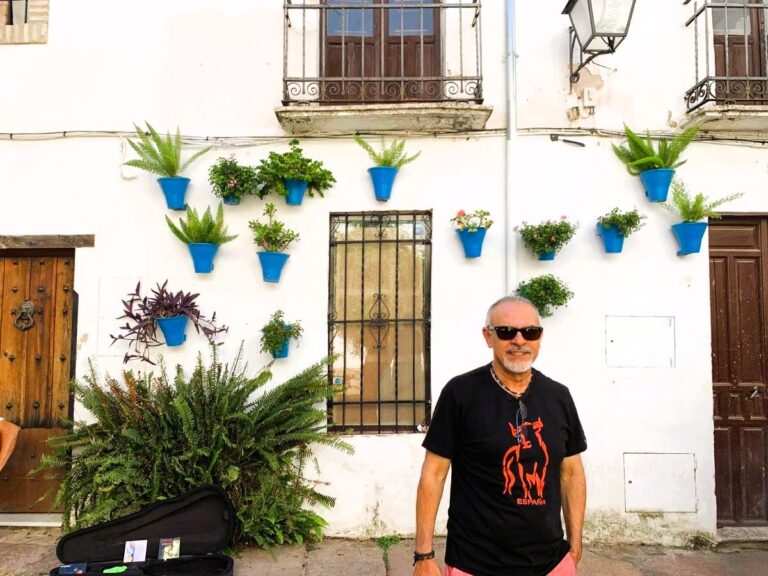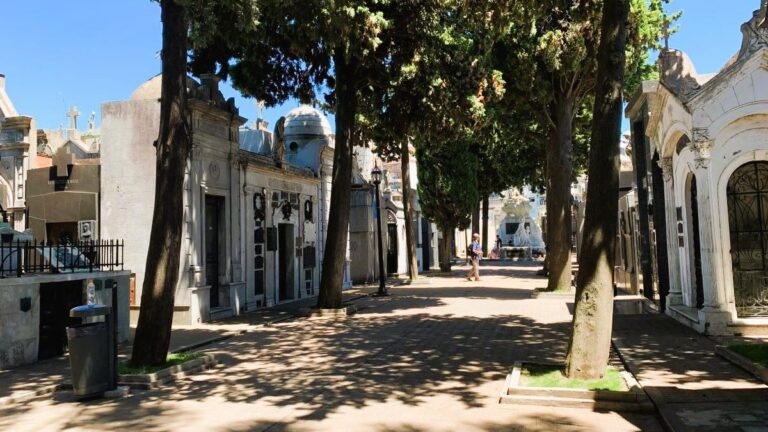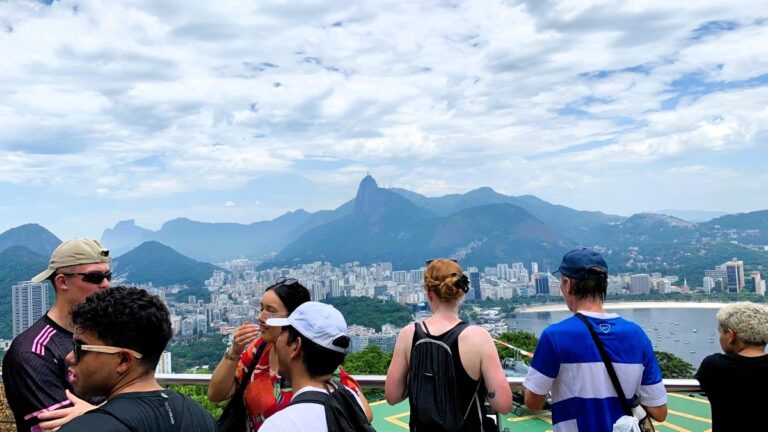Is Seville Worth Visiting? Here’s Why the Answer is a Resounding “Yes!”
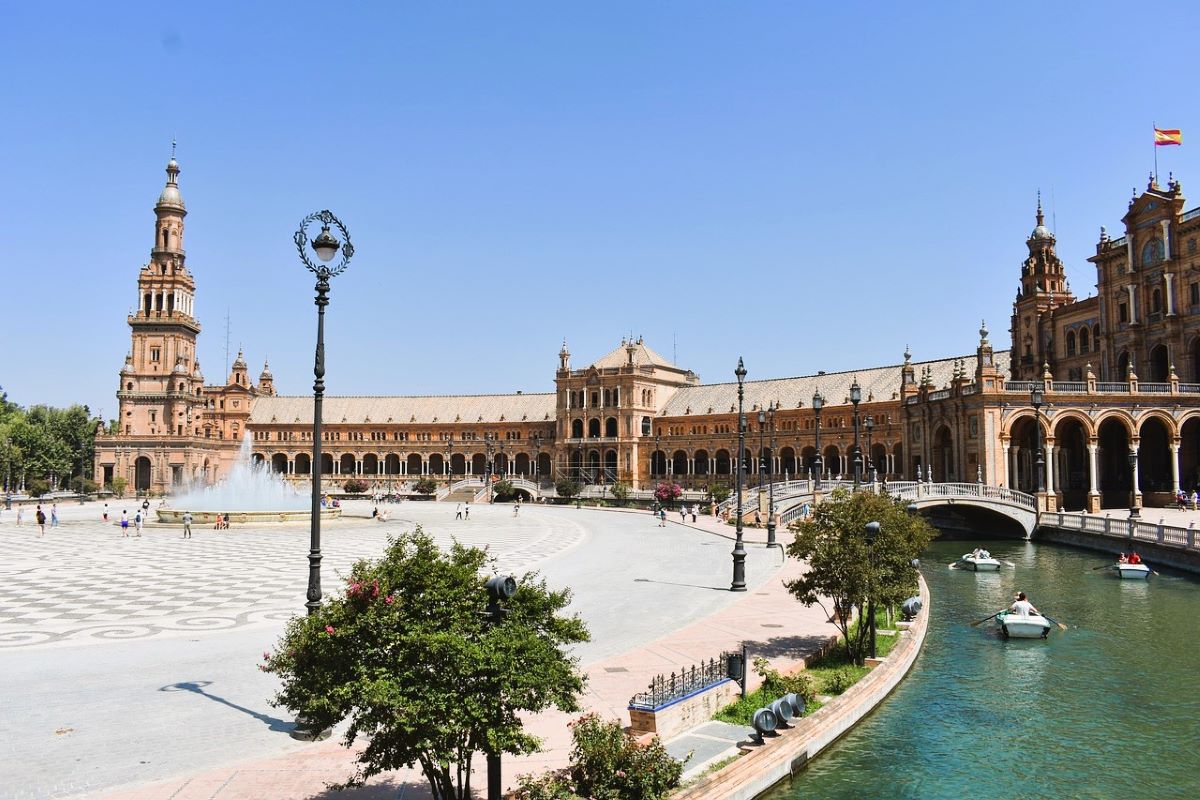
If you’re contemplating your next travel destination and Seville, Spain, has come across your radar, let me save you some deliberation: Yes, Seville is absolutely worth visiting! This vibrant city has it all – rich history, stunning architecture, delectable food, and lively cultural experiences.
We were in Seville in September of 2022. Our journey in Spain began with Barcelona and ended in Seville. Although were here just for 2 days we were able to see a lot, and loved it all. It’s easy enough to get to many of the attractions on foot.
So if you’re wondering, is Seville worth visiting, I’ll tell you it sure is.
Here are at least 6 compelling reasons why Seville deserves a spot on your travel bucket list.
1. The Captivating Architecture
Seville is home to some of the most breathtaking architecture in Spain, seamlessly blending Moorish, Gothic, Renaissance, and Baroque styles.
Start your exploration at the iconic Seville Cathedral and La Giralda.
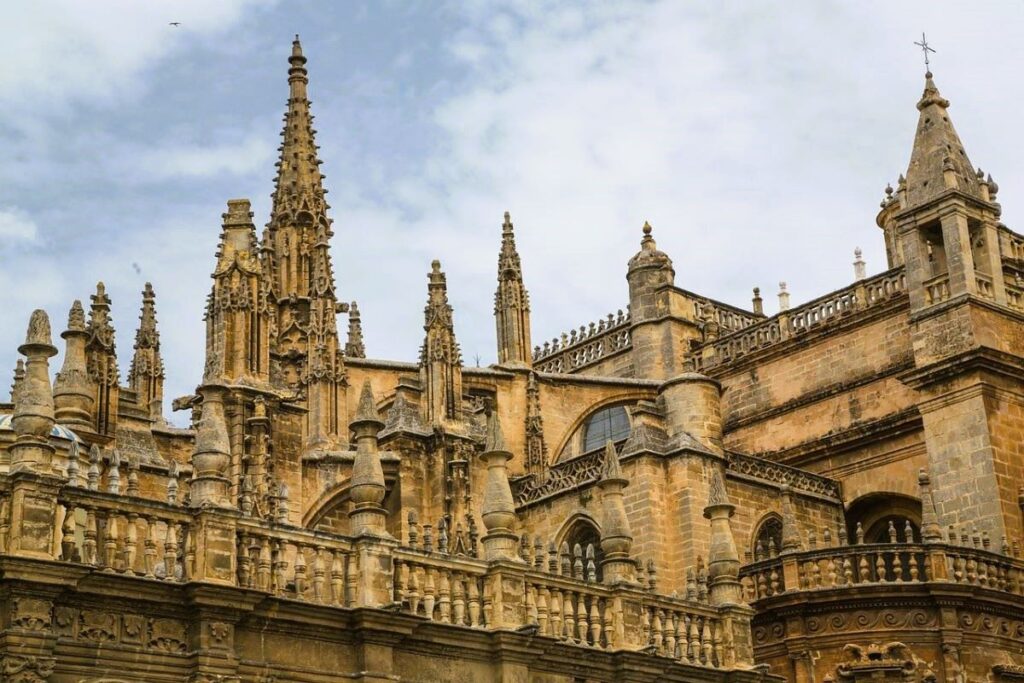
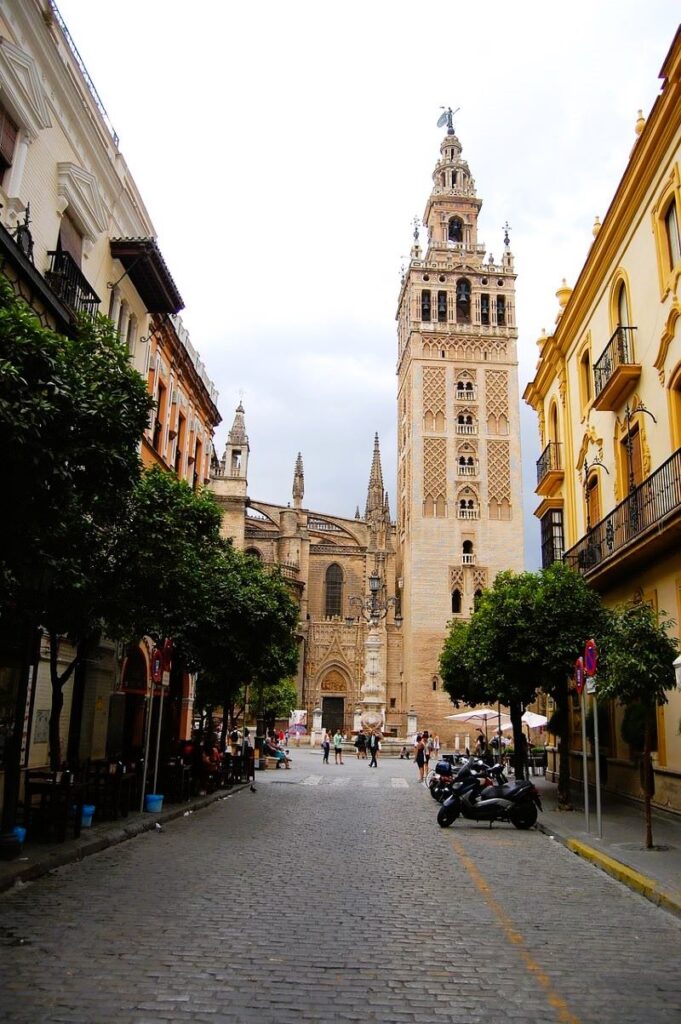
As the largest Gothic cathedral in the world, its grandeur will leave you awestruck. Climbing the Giralda tower rewards you with sweeping views of the city—a perfect way to orient yourself.
Then there’s the Alcázar of Seville, a UNESCO World Heritage site and a masterpiece of Mudéjar architecture. Wandering through its intricately designed rooms and lush gardens will make you feel like you’ve stepped into a fairy tale. Did you know parts of “Game of Thrones” were filmed here? Fans of the show will recognize it as the stunning backdrop for the Kingdom of Dorne.
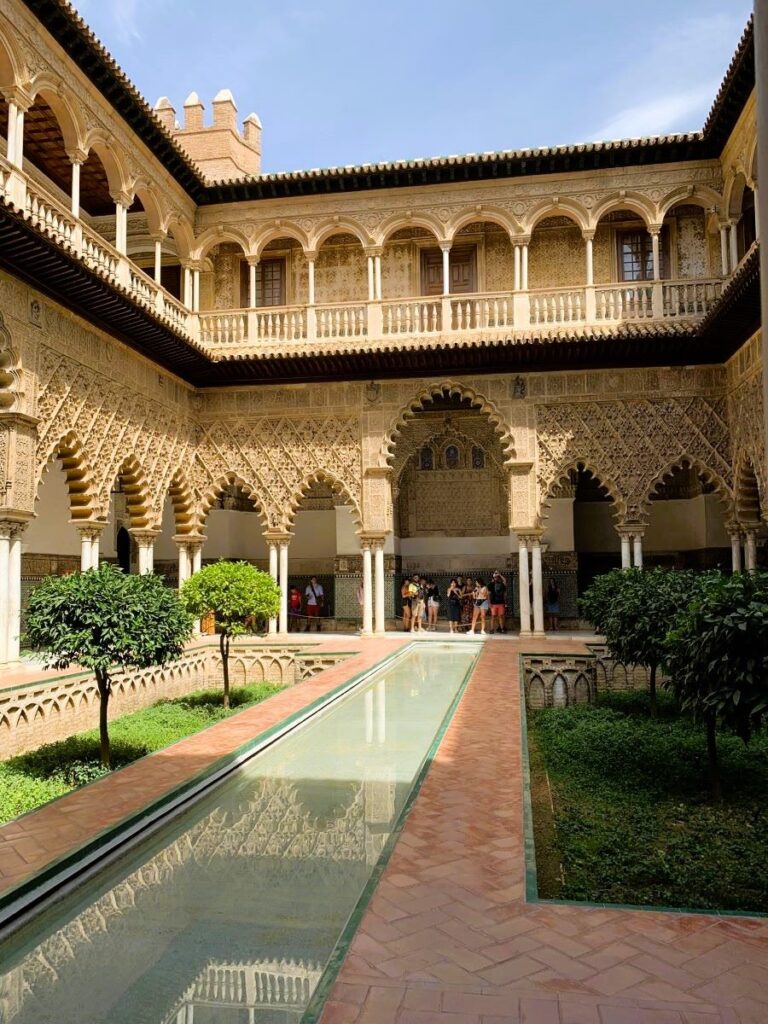
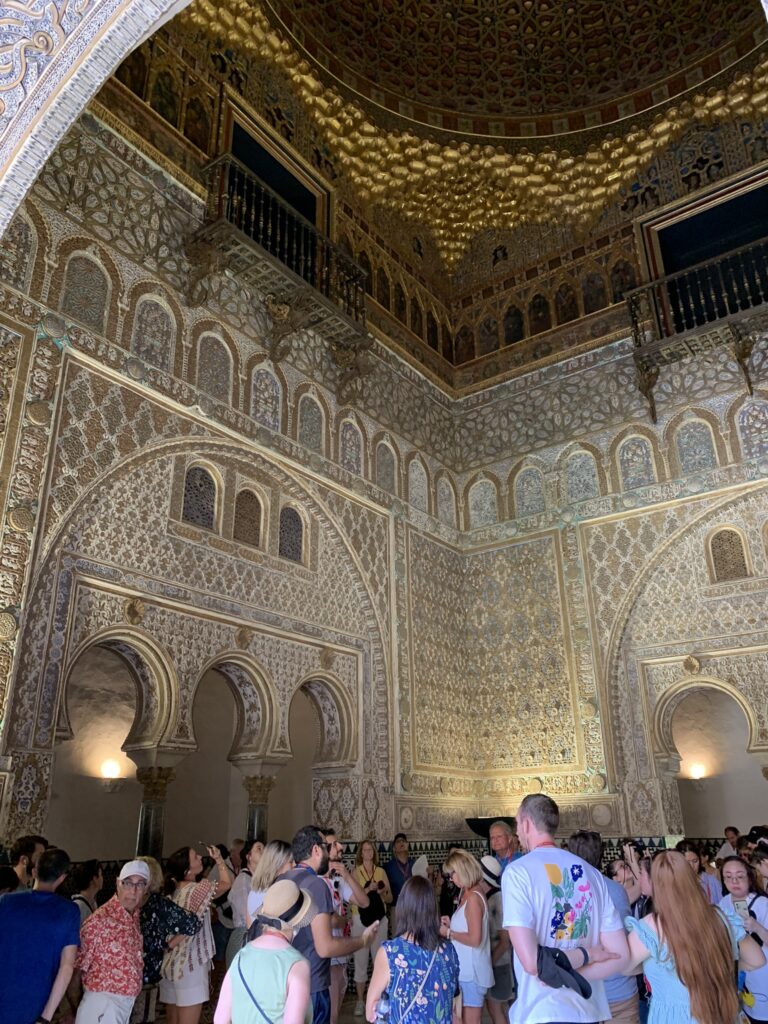
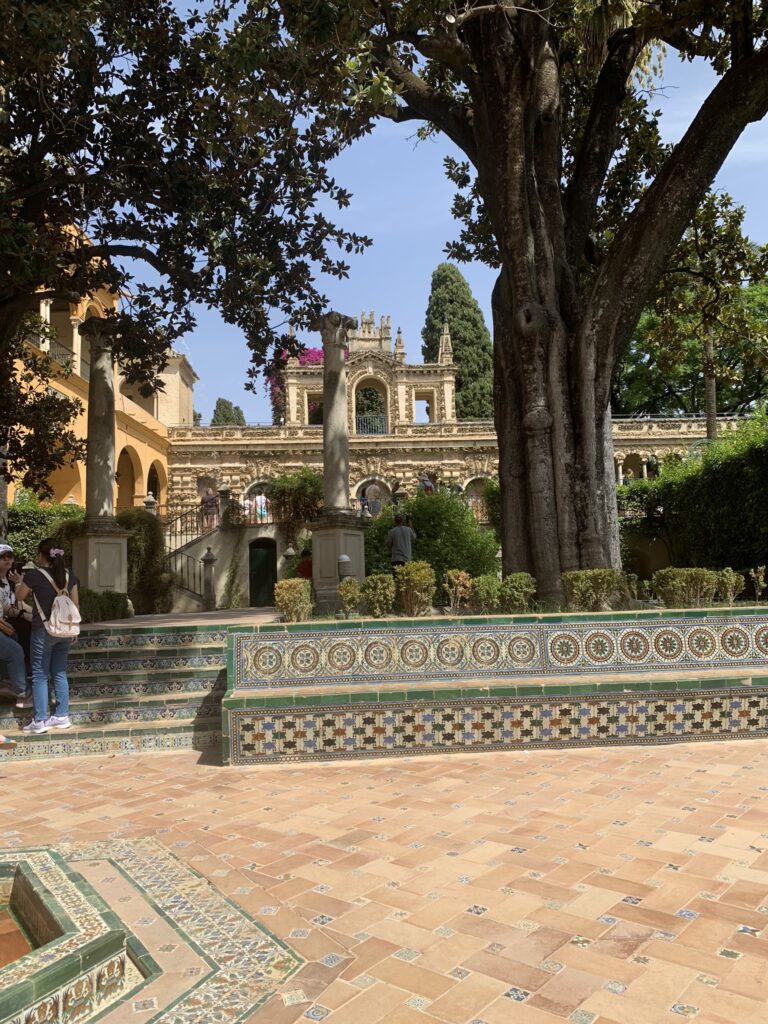
Don’t miss Plaza de España, an architectural marvel with its semicircular building, tiled alcoves representing Spanish provinces, and a central canal perfect for a leisurely boat ride. As you stroll through its grandeur, you’ll understand why it’s one of the most Instagrammed spots in Spain.
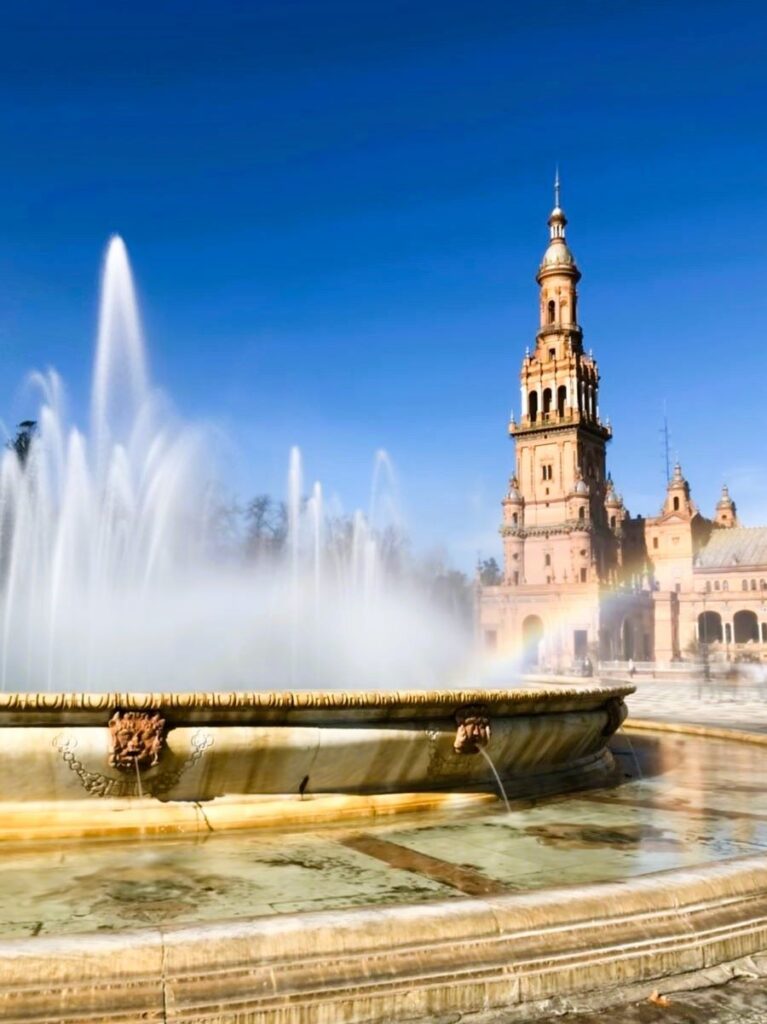
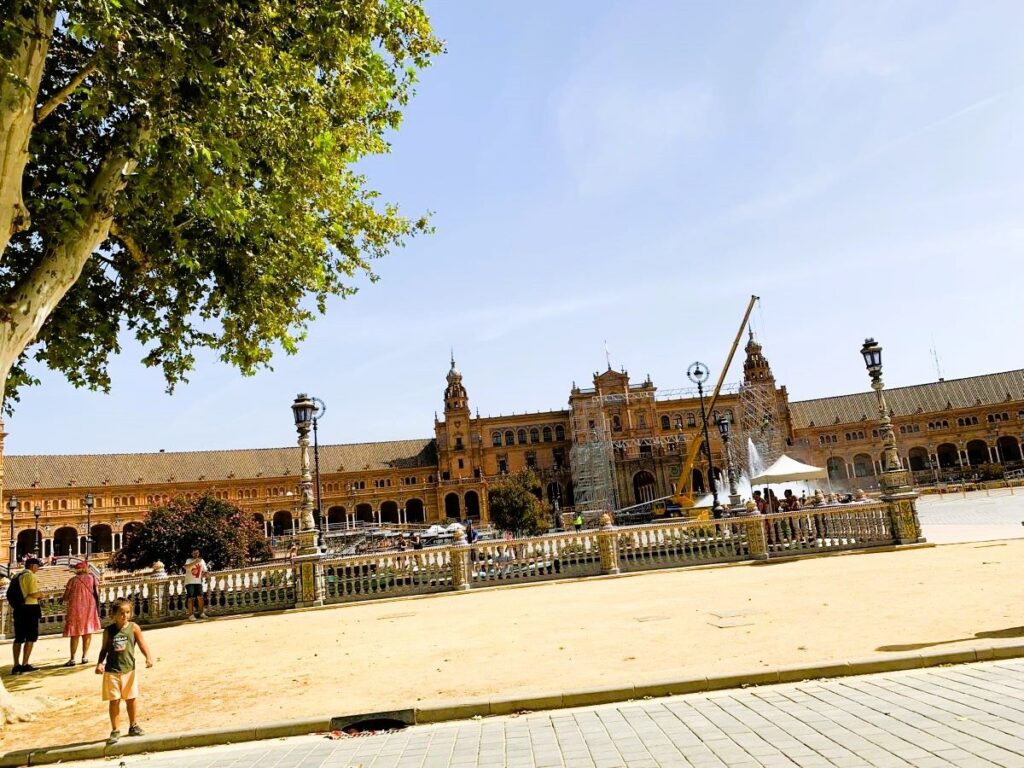
2. A Feast for Foodies
Seville is a paradise for lovers of good food. The city is the birthplace of tapas, and there’s no better place to indulge in this Spanish tradition.
Head to a bustling local bar like El Rinconcillo (the oldest tapas bar in Seville) and order plates of jamón ibérico, salmorejo, and gambas al ajillo. Pair your tapas with a glass of sherry or a refreshing tinto de verano, and you’re in for a culinary treat.
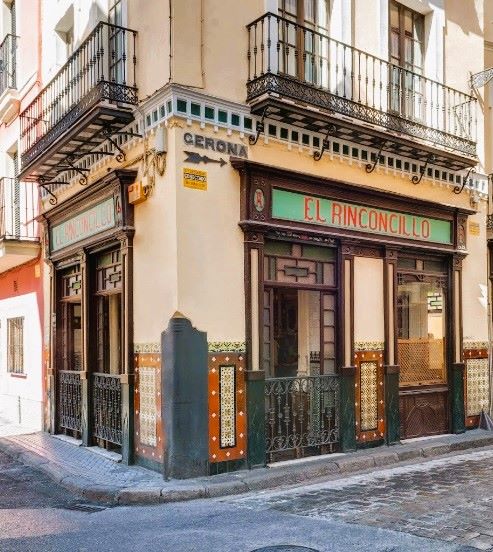


For dessert, try torrijas (a Spanish take on French toast) or pestiños, especially if you visit during Easter. If you’re adventurous, delve into the local specialty of fried fish at markets like Mercado de Triana. The vibrant food culture in Seville guarantees an unforgettable gastronomic journey.
3. The Allure of Flamenco
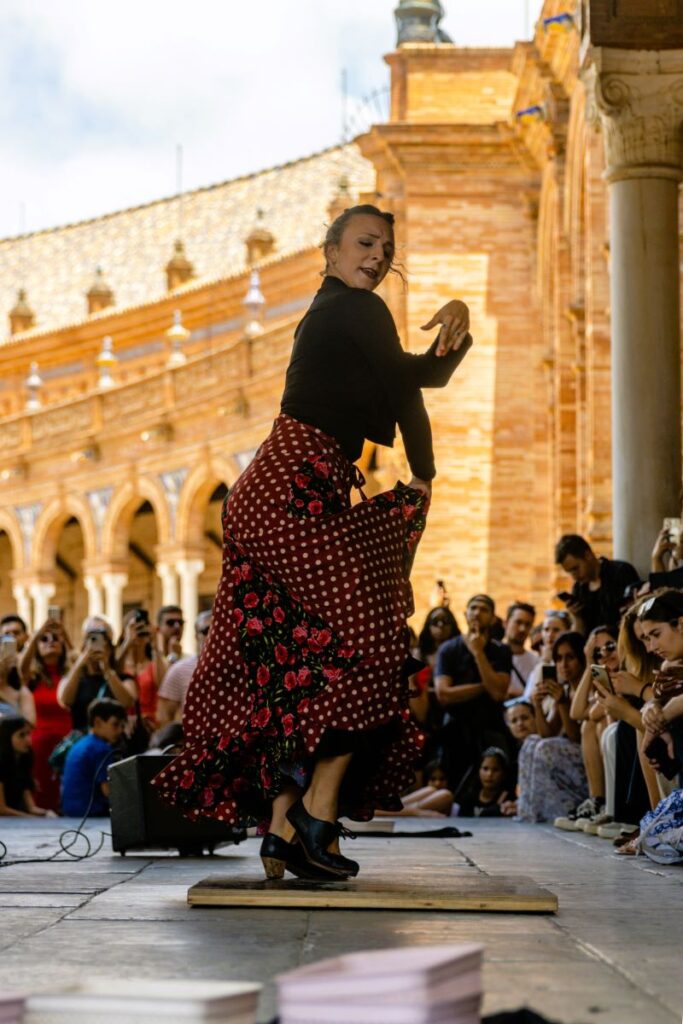
Seville is the beating heart of flamenco, a passionate and soulful art form that combines dance, music, and singing. For me, just for this alone it is worth visiting Seville.
Attending a live flamenco show is a must when in the city. For an authentic experience, visit venues like Casa de la Memoria or La Carbonería, where performers captivate the audience with raw emotion and electrifying movements.
Better yet, explore the Museum of Flamenco Dance, where you can learn about the history and cultural significance of flamenco. If you’re lucky, you might stumble upon impromptu performances in the streets, especially in the Triana neighborhood, the birthplace of many famous flamenco artists.
4. Rich History Around Every Corner
Seville’s history dates back over 2,000 years, and the city’s layers of Roman, Moorish, and Spanish influence are evident wherever you go.
Visit the Metropol Parasol, affectionately known as “Las Setas,” a modern architectural marvel that houses Roman ruins beneath its striking wooden structure. It’s a perfect example of how Seville blends its ancient past with contemporary design.
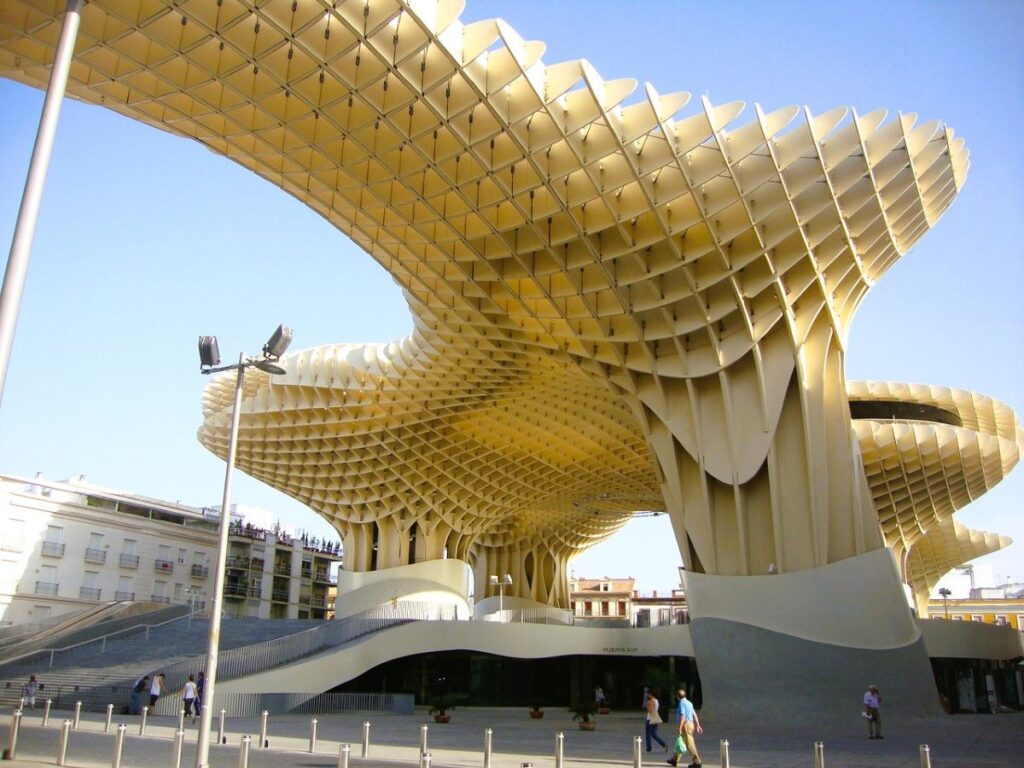
Another historical highlight is the Archive of the Indies, which houses invaluable documents detailing Spain’s colonial history. The building itself is stunning and offers a fascinating glimpse into the country’s Golden Age.
Don’t forget to take a stroll along the Guadalquivir River, where tales of explorers like Christopher Columbus and Ferdinand Magellan come to life. In fact, Columbus’s tomb resides within Seville Cathedral, adding yet another layer to the city’s storied past.
5. The Charming Neighborhoods
Seville’s neighborhoods each have their unique personality and charm. The Santa Cruz district, with its narrow cobblestone streets and hidden courtyards, is a delight to explore. Originally the Jewish quarter, it’s now a picturesque area filled with tapas bars and artisan shops.
Cross the river to Triana, a lively neighborhood famous for its ceramics, flamenco roots, and authentic atmosphere. Walking along Calle Betis, with its colorful houses and views of the city skyline, is an experience in itself.
For a more contemporary vibe, visit La Alameda de Hércules, a trendy area with hip cafes, art galleries, and a buzzing nightlife scene. Whether you prefer history, culture, or modernity, Seville’s neighborhoods have something for everyone.
6. The Festivals and Local Traditions
Seville is synonymous with vibrant festivals, the most famous being Semana Santa (Holy Week) and Feria de Abril (April Fair). During Semana Santa, elaborate religious processions fill the streets, showcasing the city’s deep-rooted Catholic traditions. It’s a somber yet awe-inspiring event that draws visitors from around the world.
In contrast, Feria de Abril is a week-long celebration of joy, color, and Andalusian culture. Locals dress in traditional flamenco attire, ride horse-drawn carriages, and dance until the early hours in private casetas (tents). Visitors are warmly welcomed to join the festivities, making it a fantastic opportunity to experience Seville’s hospitality.
Even if you can’t time your visit with these events, Seville’s calendar is packed with smaller festivals, ensuring there’s always something exciting happening in the city.
7. Getting Around Seville
Seville is a delightfully walkable city, with many of its major attractions located within close proximity.
The historic center, in particular, is best explored on foot to fully immerse yourself in the charming streets and hidden corners. For longer distances, the city offers excellent public transport options, including buses and a modern tram system.
Biking is another popular way to get around. Seville has an extensive network of bike lanes, and you can easily rent a bike from stations across the city through the Sevici bike-sharing program.
For those who prefer guided experiences, Seville offers a variety of tours to suit all interests. Walking tours are an excellent way to dive into the city’s history and culture. Consider booking a historical walking tour of the Santa Cruz neighborhood or a flamenco-focused tour that delves into the art’s roots in Triana.
The hop-on-hop-off bus is a convenient option for covering a lot of ground, especially if you’re short on time. While it may not provide the same intimacy as a walking tour, it’s a great way to get an overview of the city and visit attractions like the Torre del Oro and Plaza de España.
For a unique perspective, consider a boat tour along the Guadalquivir River, where you can relax and take in views of the city’s landmarks from the water.
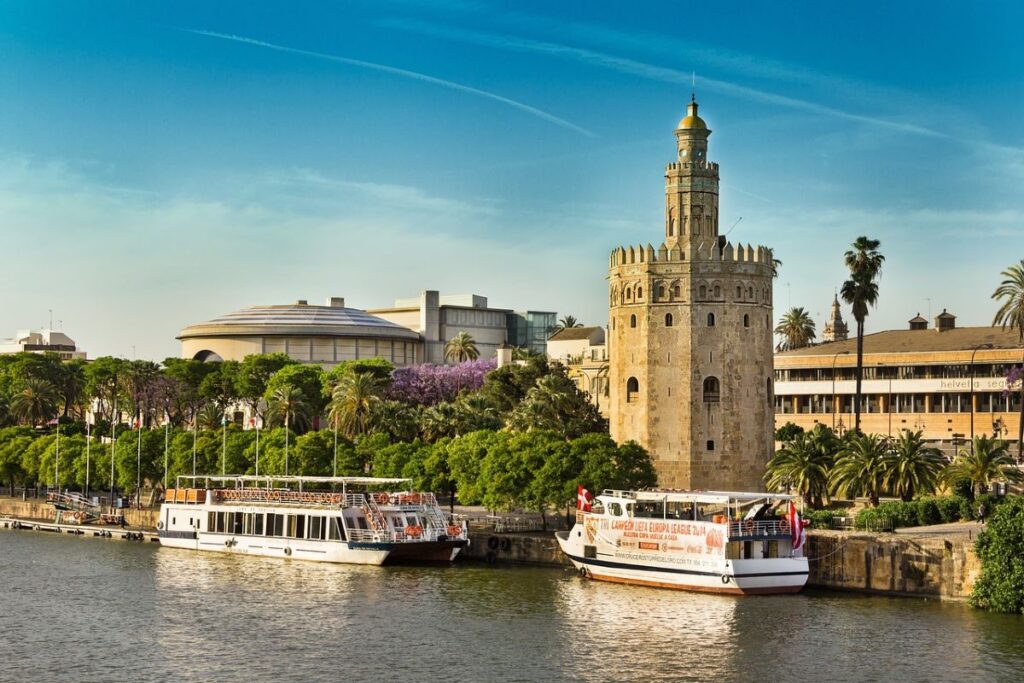
8. Best Times to Visit Seville
The best time to visit Seville is during spring (March to May) or fall (September to November). In spring, the city comes alive with orange blossoms, pleasant weather, and vibrant festivals like Feria de Abril. Fall offers cooler temperatures and fewer crowds, making it an ideal time for exploring.
Summer in Seville can be scorching, with temperatures often exceeding 40°C (104°F). If you visit during this time, plan for early morning or evening activities and take advantage of air-conditioned attractions.
Winter is mild and quiet, making it a good option for those who prefer a more relaxed pace. However, keep in mind that some outdoor festivals and events may not be in full swing during this season.
Final Thoughts
Seville isn’t just a city to visit; it’s a city to experience. From its awe-inspiring architecture and rich history to its vibrant culture and delectable cuisine, Seville offers something for every kind of traveler. It’s a place where the past and present collide in the most beautiful way, leaving visitors enchanted and yearning to return.
So, is Seville worth visiting? Without a doubt. Pack your bags, brush up on a few Spanish phrases, and get ready to fall in love with one of Spain’s most magical cities. Whether it’s your first visit or your fifth, Seville always has something new to discover.

